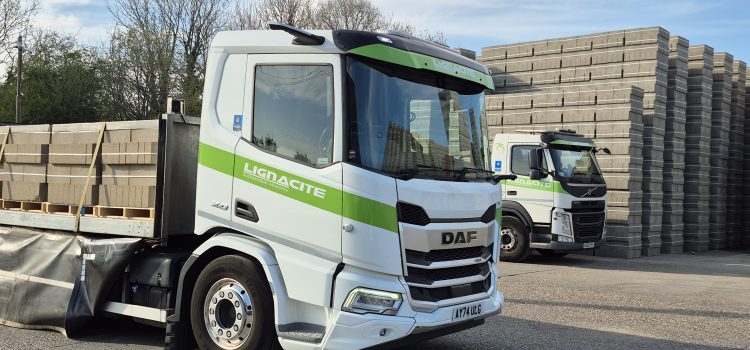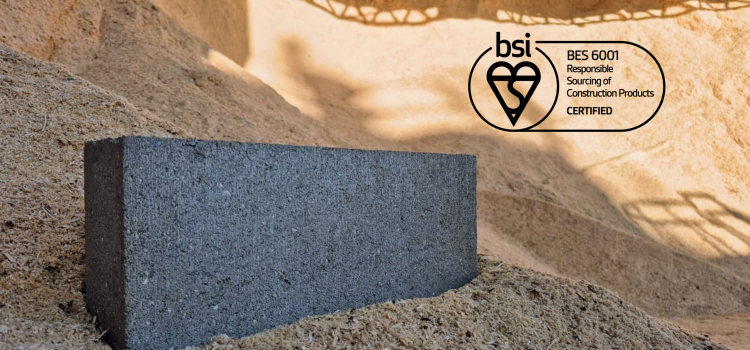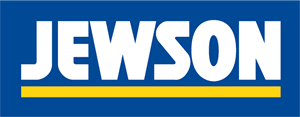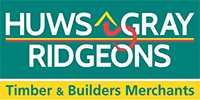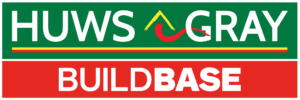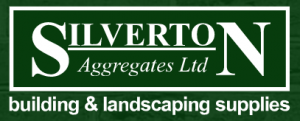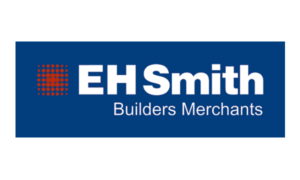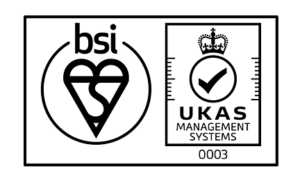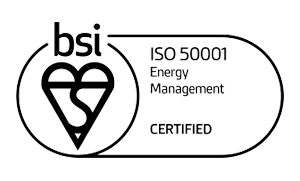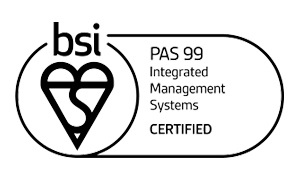Articles
An introduction to green building certifications and why they are used

Posted by Tony Southgate
What are green building certifications and why would you want one? Read on to learn about major schemes such as BREEAM and LEED and how they can add value to your next project.
In an age when the pressure is on developers and designers to create more sustainable buildings, green building certifications are becoming ever more popular.
This is because they assess and independently verify a building’s green credentials against detailed criteria, which can include energy efficiency and human wellbeing. Thanks to their scoring systems, it is possible for the greenest projects to quickly and easily showcase to peers and stakeholders just how good they really are.
By rewarding the best buildings, green building certificates are helping to push sustainable agendas and encourage more designers and developers to reduce their projects’ environmental impact.
Today, there are a large number of different certification programmes, including BREEAM and LEED. Some are applied to all phases of building, while others are restricted to the finished product. They can also differ in the types of building that they can be applied to.
To help you learn more, let’s take a look at some of the most common green building certificates.
Examples of green building certifications
BREEAM
BREEAM stands for Building Research Establishment Environmental Assessment Method. Established in the UK, it is now applied in more than 87 counties.
It’s a popular choice thanks to its rigorous methodology and the involvement of an independent BREEAM assessor. Its assessment also covers a wide range of sustainable criteria, including a focus on resilience and the wellbeing of the building’s end user. This makes it a comprehensive evaluation of a building’s sustainable credentials, from planning to completion. The highest rating that can be awarded is Outstanding.
You can find out more about BREEAM in our helpful article.
LEED
LEED stands for Leadership in Energy and Environmental Design and is managed by the US Green Building Council. Although it originates in the US, this certification is now international and can be found in almost 190 countries.
It can be applied to new and existing buildings, whether they are residential properties or commercial. It assesses these buildings based on carbon, energy, water, waste transportation, materials, indoor air quality and health metrics. Its highest accolade is Platinum.
Green Globes
Green Globes is another US-based certification scheme that can be applied to new and old buildings.
It boasts cloud-based software so that all key members of the project can collaborate and upload key information on environmental sustainability, health and wellness, and resilience. All data is then verified by the Green Building Initiative. To succeed, a building has to meet at least 35% of the 1,000 points that are available.
Green Star
This certification hails from Australia and applies to renovations, existing buildings and new buildings (except single family homes).
Set up by the Green Building Council of Australia, it aims to enhance the quality of life, restore and protect biodiversity, boost resilience and reduce the impact of devastating climate change.
To become certified, you will need to meet the requirements of several impact categories and pass an independent verification process.
HQE
The Haute Qualité Environnementale was established in France, although it is also now available internationally.
It is a certificate that can be earned by new constructions, renovations, existing structures and commercial interiors. It can also be applied to infrastructure.
Unlike LEED and BREEAM, HQE gives a more balanced weighting between environmental and energy performance and health and wellbeing metrics. These are divided into four principles with 14 total objectives. Results are verified by independent auditors.
WELL
The WELL certification is another US-originated scheme, but this one is very much focused on the social dimension of building performance. This makes it an ideal complementary certification to LEED and BREEAM.
It can be applied to new constructions as well as old ones, and it has adopted an evidence-based approach. The highest level you can attain is Platinum.
DGNB
The DGNB certificate (Deutsche Gesellschaft für Nachhaltiges Bauen) was put together in Germany by the German Sustainable Building Council.
It covers new constructions, renovations, commercial interiors and urban areas, playing equal emphasis on people, the environment and the commercial viability of the development. The whole certification process is overseen by an official DGNB auditor with the very best developments earning a Platinum rating.
Energy Star
Run by the US Environmental Protection Agency, this certification programme has a complementary relationship with other green building certificates, such as LEED and Green Globes.
This is because its primary focus is on the energy efficiency of new buildings, including homes and commercial properties. Its criteria therefore relies heavily on the 2009 International Energy Conservation Code, which sets out minimum energy conservation requirements.
The programme has developed its own online system (Portfolio Manager) to help you track the energy efficiency of your property, allowing you to benchmark where it stands in relation to others.
Living Building Challenge
Unlike other green building certifications, the Living Building Challenge is targeted towards buildings that have already been operational for one year. It is mainly tailored towards properties in the US, but it can be applied internationally.
The Living Building Challenge has seven performance areas, which are called ‘petals’. A building is assessed against each of these petals, which include water conservation, human health and happiness, and equity.
Administered by the International Living Future Institution, it can be applied to buildings big and small.
Passive House Certification (Passivhaus Standard)
This green building standard is focused on guiding new and existing buildings towards net zero. To do this, it has created a rigorous assessment that encourages great insulation, the use of airtight fabric, efficient heat recovery and the absence of any thermal bridging.
Building designs have to go through energy modelling to determine performance. Standards are very high, and certification can only be achieved if the criteria is fully satisfied.
Fitwel Standard
The Fitwel Standard is another certificate that has put its focus firmly on the health and wellbeing of those who occupy buildings. As a result, its criteria includes elements that aim to improve user experience and safety. There are seven health impact categories in total, which measure a building’s ability to promote access to healthy food, decrease the risk of crime and increase physical activity, among others.
The standard has a star-based system, with three stars being awarded to the best buildings.
Choosing a green building certification
With so many green building certification systems in operation, it can be tricky to choose the right one for your project.
When making your shortlist, check whether the certification covers your building type. Some assessments, for instance, will not cover existing properties. You then need to decide if you want to showcase a truly ‘green’ building, or whether you’d prefer a certificate that is more focused on the future occupants of the structure.
Most green building certificates are international, but you may prefer one that is administered primarily in the country in which you’re building. In the UK, BREEAM is probably the most recognisable scheme. LEED is also very popular worldwide, even though it was formulated in the US.
Of course, it isn’t absolutely necessary to get a green building certification. However, you may find that some stakeholders demand it. It can also help you to build your reputation as a sustainability-focused company and increase the value of the finished project.
The value of green building certifications: why get one?
Deciding to achieve a green building certification can be very rewarding.
Not only can it help your organisation to further its ESG goals (environmental, social and governance), but it can also help to boost your reputation by showcasing your commitment to sustainability. By having a certificate in place, you can clearly demonstrate to buyers or other stakeholders that you are taking action to make your properties greener.
A greener building can also command a higher property price, or higher rents or lease rates. This is because it is more desirable and in a better position to cope with future climate change or more stringent environmental regulations.
Designing or retrofitting a building so that it is more efficient (and future-proofed!) will also have a positive effect on ongoing maintenance and operational costs.
Of course, to achieve these benefits, you will need to invest a little more in your project to cover the costs for inspections and document submission. A greener building may also need more expensive materials.
However, do this right and you can reap the rewards of an acclaimed certification which can help to establish your organisation as a sustainable leader.
Talk to us about our sustainable credentials
Building greener means you need to think about the sustainability of your materials and the businesses who supply them.
You can learn more about our work towards net zero in the Sustainability section on our website. You can also talk to our helpful Sales team on 01842 778485 to learn more about the environmental performance of our concrete blocks.

